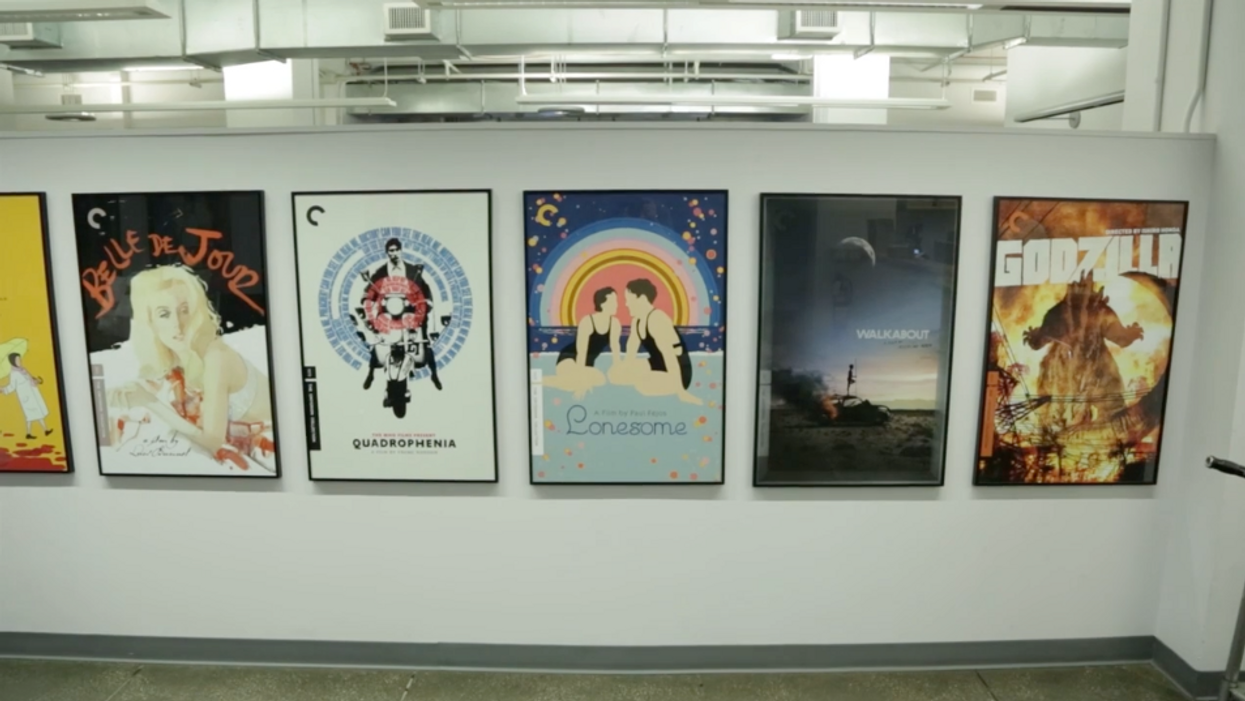Go Behind the Scenes at Criterion as They Restore One of Hitchcock's Films

Since 1984, Criterion has been dedicated to collecting, restoring, and distributing some of the most important pieces of cinema ever created. If you're a cinephile like I am, collecting these films is not only about the novelty of their stylish covers and menus, but their invaluable behind-the-scenes and educational bonus features as well. Lucky for us, Gizmodo got the opportunity to visit Criterion's New York headquarters, where they learned what goes into a film's restoration. Continue on to find out how Criterion goes about acquiring, digitizing, and even designing these important films.
I absolutely hate spending a fortune on films, but owning a film from the Criterion Collection not only feels like I'm owning a piece of history, but like I'm contributing to a great cause. A distributor that wants to preserve and protect films from falling into obscurity is certainly just as important as the films in its collection. In fact, I distinctly remember learning from and being tested on Criterion supplemental content while in film school -- so, you could say that Criterion's work played a pretty significant role in my education.
Gizmodo's video includes short vignettes of each process that goes into restoring a film -- in this case, Alfred Hitchcock's Foreign Correspondent. We're detailed on how Criterion goes about acquiring film negatives, digitizing them, restoring the images, cleaning up the audio, and finally, designing those awesome covers. (I've nearly purchased Criterion films based solely on their covers.)
Check out the video below and get an inside look behind the scenes of Criterion!
Are you a fan of The Criterion Collection? What do you think of their restoration process? Let us know in the comments below.
Links:
[via Filmmaker Magazine]














